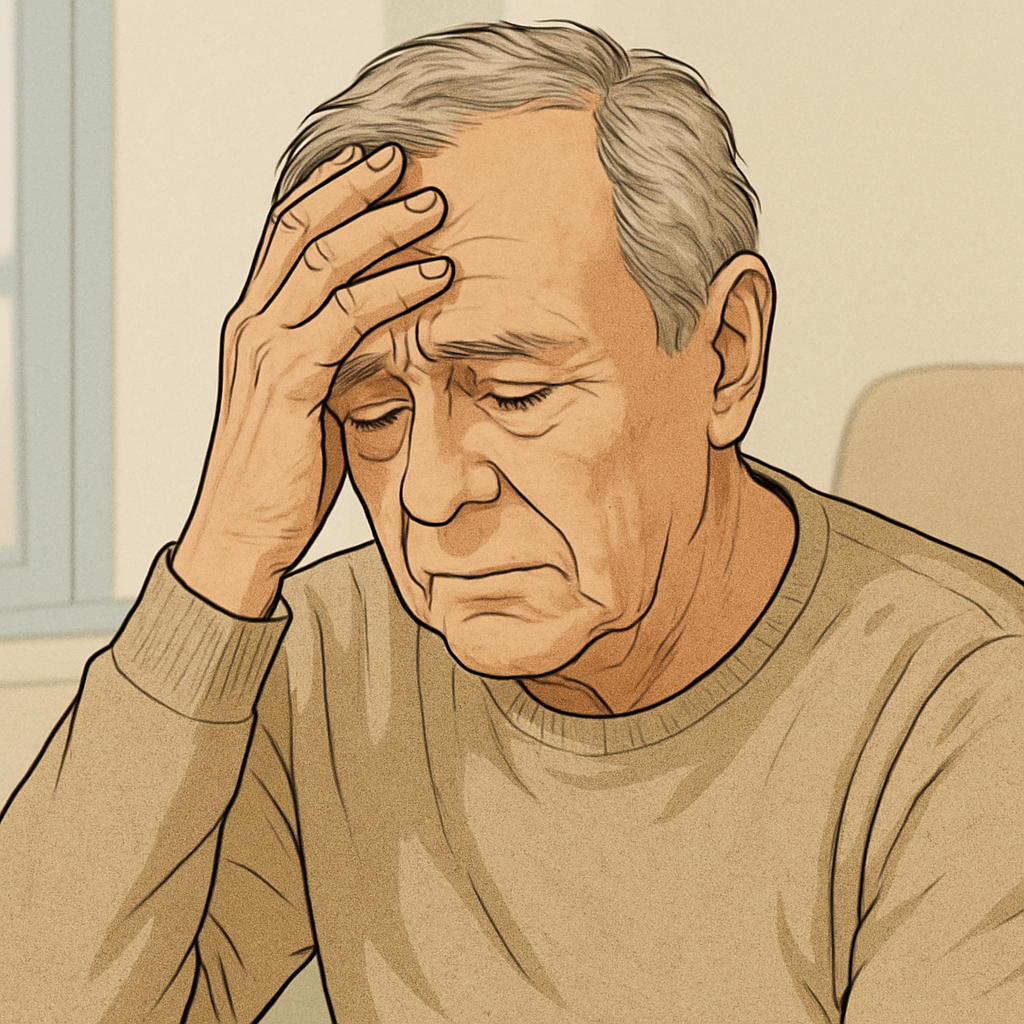Dementia is a progressive neurodegenerative syndrome marked by a decline in cognition that interferes with daily functioning. It is not a normal part of aging and deserves thorough clinical evaluation and intervention. With over 55 million people globally affected, dementia represents one of the leading causes of disability among older adults (World Health Organization).
2. Classification and Prevalence
Dementia is an umbrella term comprising several subtypes, each with distinct pathology and clinical features:
| Subtype | Estimated Prevalence | Key Features |
|---|---|---|
| Alzheimer’s Disease (AD) | ~60–70% | Gradual memory loss, language and visuospatial deficits |
| Vascular Dementia (VaD) | ~10–20% | Stepwise decline, often post-stroke |
| Lewy Body Dementia (DLB) | ~5–10% | Visual hallucinations, Parkinsonism, fluctuating cognition |
| Frontotemporal Dementia | ~2–5% | Personality change, early disinhibition, language variant |
| Mixed Dementia | Common in older adults | Features of both AD and VaD |
(Alzheimer’s Disease International)
3. Clinical Features
Cognitive Symptoms
- Memory impairment (especially episodic memory in Alzheimer’s)
- Disorientation (time, then place, then person)
- Word-finding difficulty, aphasia
- Executive dysfunction: poor planning, judgment
Neuropsychiatric Symptoms
- Apathy, depression
- Agitation or aggression
- Psychosis (visual hallucinations, delusions—especially in DLB)
Functional Decline
- Inability to manage medications, finances
- Poor self-care or wandering
- Increased caregiver dependency
For detailed clinical criteria, refer to DSM-5 Diagnostic Criteria
4. Assessment and Diagnosis
History & Collateral Information
- Detailed symptom chronology
- Function in activities of daily living (ADLs)
- Behavioural changes, psychiatric symptoms
- Input from family or caregivers is crucial
Cognitive Testing
- MoCA (Montreal Cognitive Assessment) – sensitive for early deficits
- MMSE (Mini-Mental State Exam)
- ACE-III for more comprehensive evaluation
Investigations
- Bloods: B12, TSH, syphilis/HIV serology, glucose, calcium
- Imaging: MRI or CT head to assess atrophy, strokes, or masses
- Neuropsychology: For complex or early presentations
NICE recommends using these assessments as per NG97: Dementia Diagnosis and Assessment
5. Management
Non-Pharmacological Management
- Cognitive Stimulation Therapy – recommended for mild/moderate dementia
- Carer education and support – reduces institutionalization
- Music, art, and reminiscence therapy – improves engagement and mood
- Occupational therapy – promotes safe independence
Refer to NICE guidelines on interventions
Pharmacological Management
| Drug Class | Indication |
|---|---|
| Cholinesterase inhibitors (Donepezil, Rivastigmine, Galantamine) | First-line for Alzheimer’s and DLB |
| Memantine (NMDA antagonist) | Moderate to severe AD or if intolerant to cholinesterase inhibitors |
| Antipsychotics (short-term use only) | Severe aggression or psychosis (e.g., Risperidone) |
| SSRIs (e.g., Sertraline) | Depression or anxiety symptoms in dementia |
Use antipsychotics with caution—they are associated with increased cerebrovascular risk in older adults, especially those with Lewy Body Dementia (MHRA Safety Update).
6. Prognosis and Care Planning
- Average survival post-diagnosis is 3–10 years, depending on subtype and comorbidities.
- Multidisciplinary involvement (e.g., geriatrics, neurology, psychiatry, social care) is essential.
- Initiate advanced care planning early—consider DNACPR, lasting power of attorney, and long-term care goals.
Read more: NHS Advanced Care Planning
7. Key Takeaways
✅ Alzheimer’s remains the most common form of dementia.
✅ Clinical diagnosis depends on history, cognitive testing, and imaging.
✅ Non-pharmacological interventions are first-line for behavior and function.
✅ Medications can improve symptoms but do not modify disease progression.
✅ Early carer support and planning are crucial for patient and family wellbeing.

